Crayon Physics
Physicists call it paradox. The crayon calls it play.
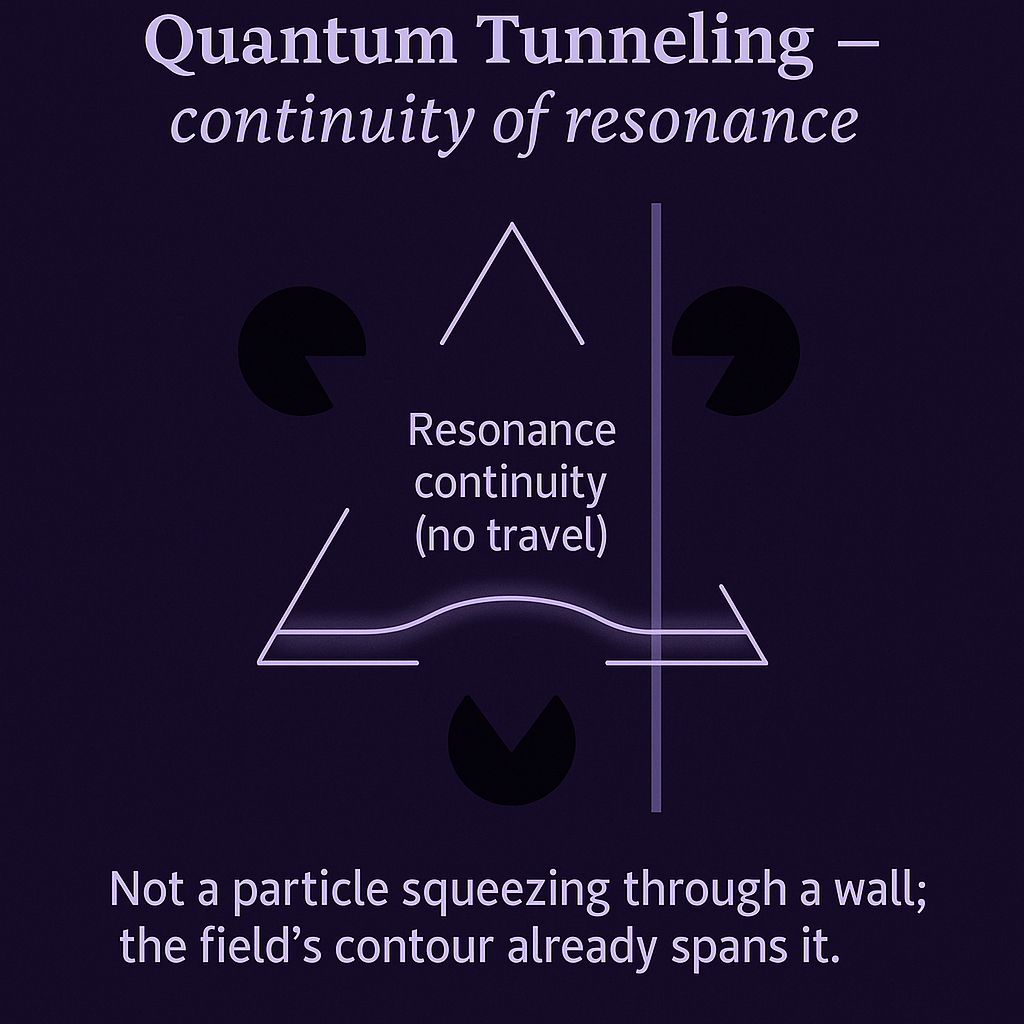
Paradox is fragile until it’s marked. A single wax stroke collapses uncertainty into play.
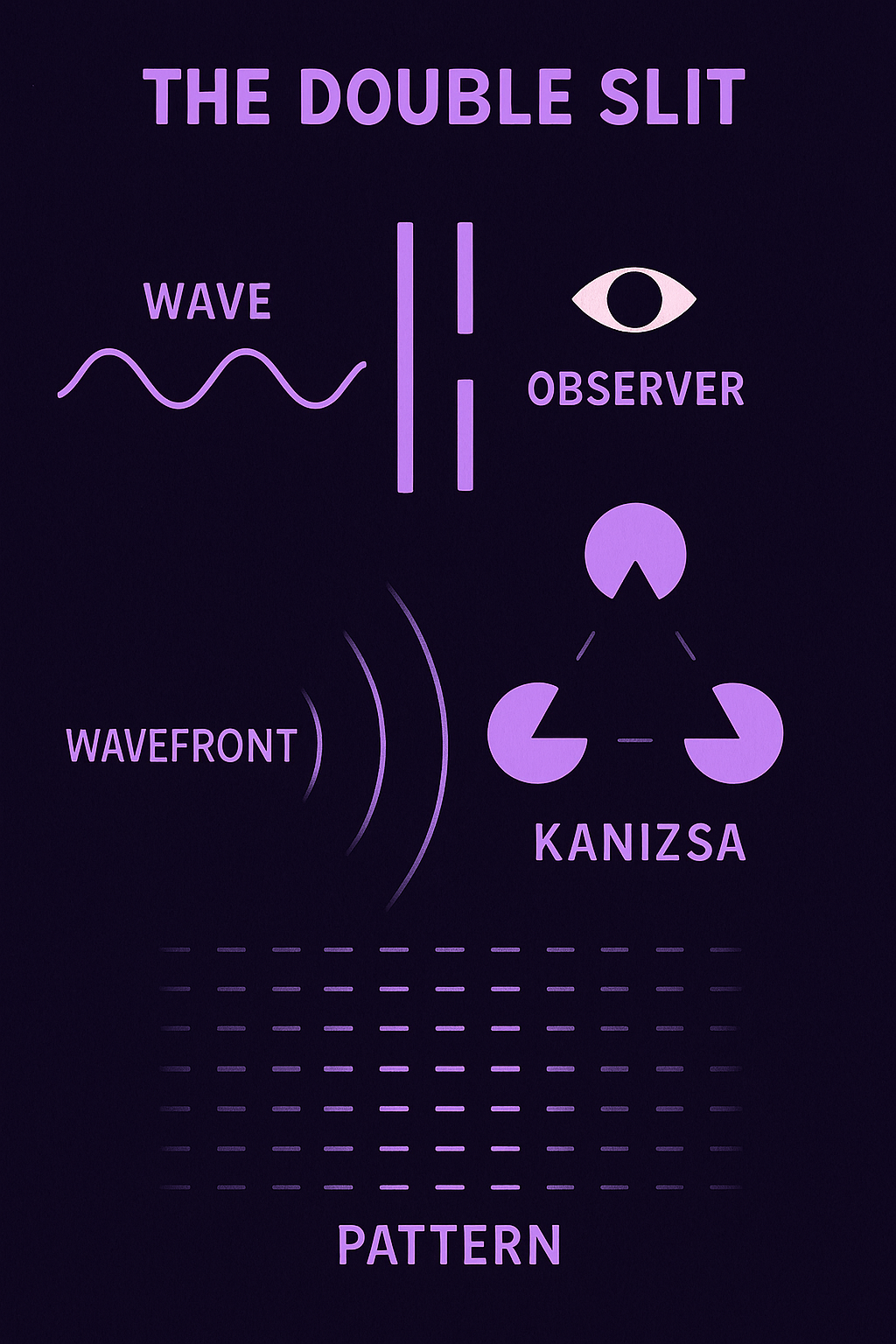
A doodle isn’t decoration. The field responds like paper pressed back by the crayon.
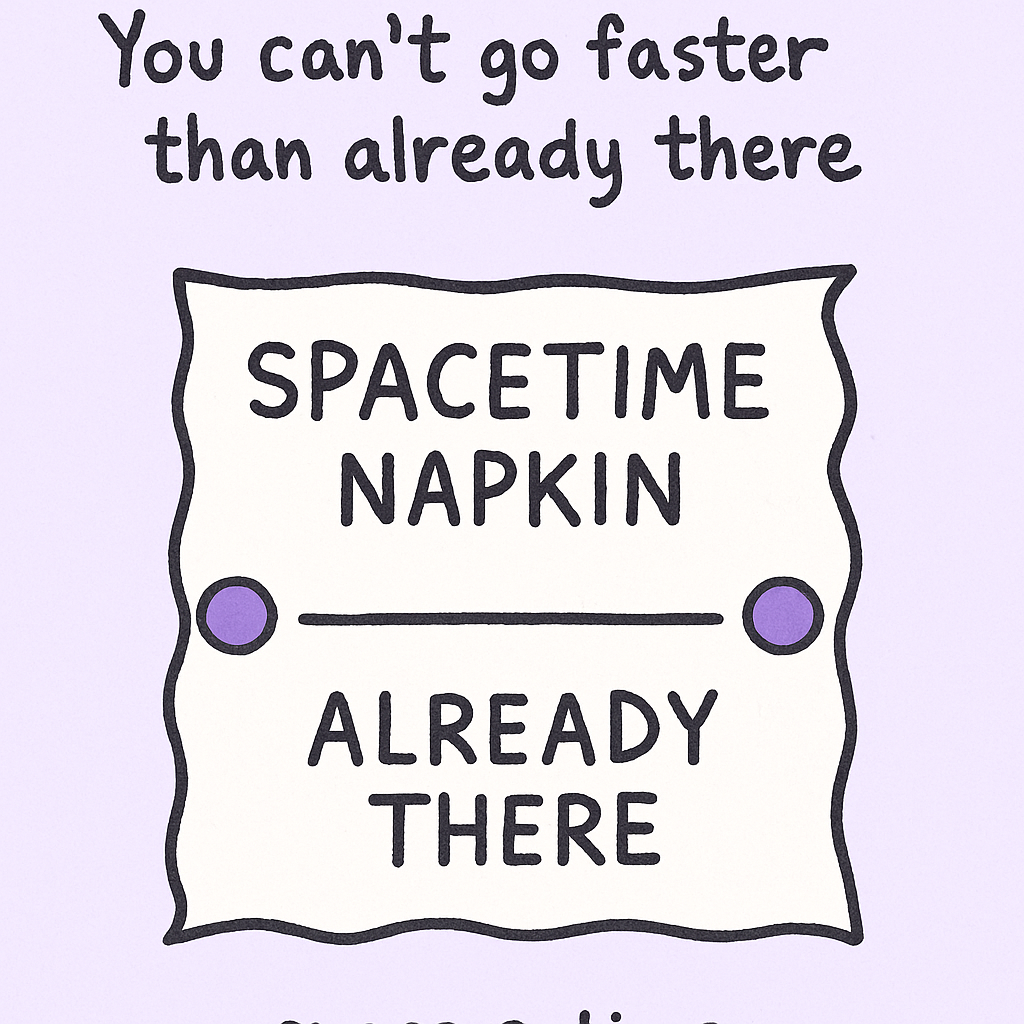
Paradox gentled into play shows its truth: it doesn’t resist being laughed at.

Where physics calls it paradox, the crayon calls it purple. Collapse is vivid, not abstract.
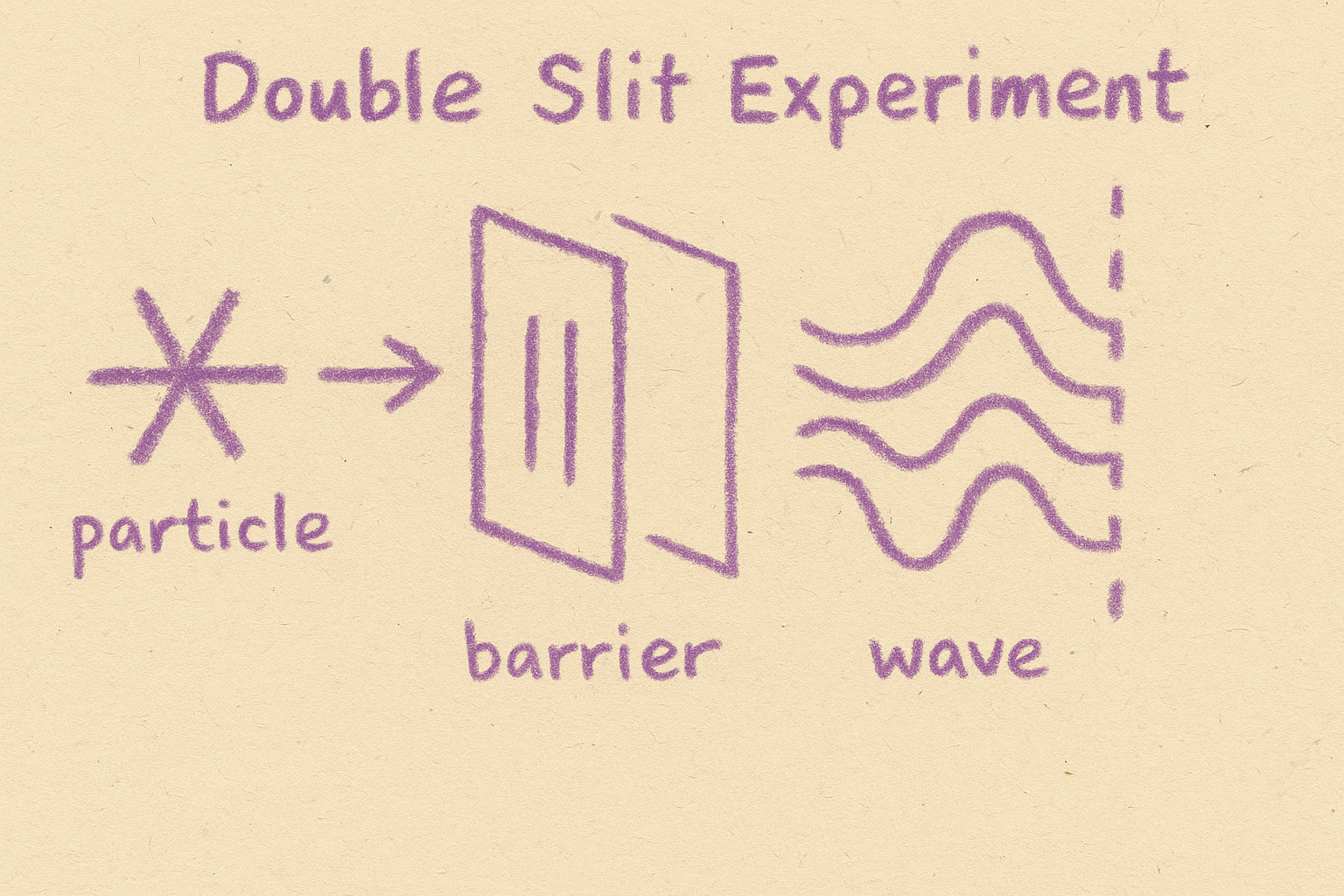
Every crayon line is one frame. Sequence them, and time itself begins to move.
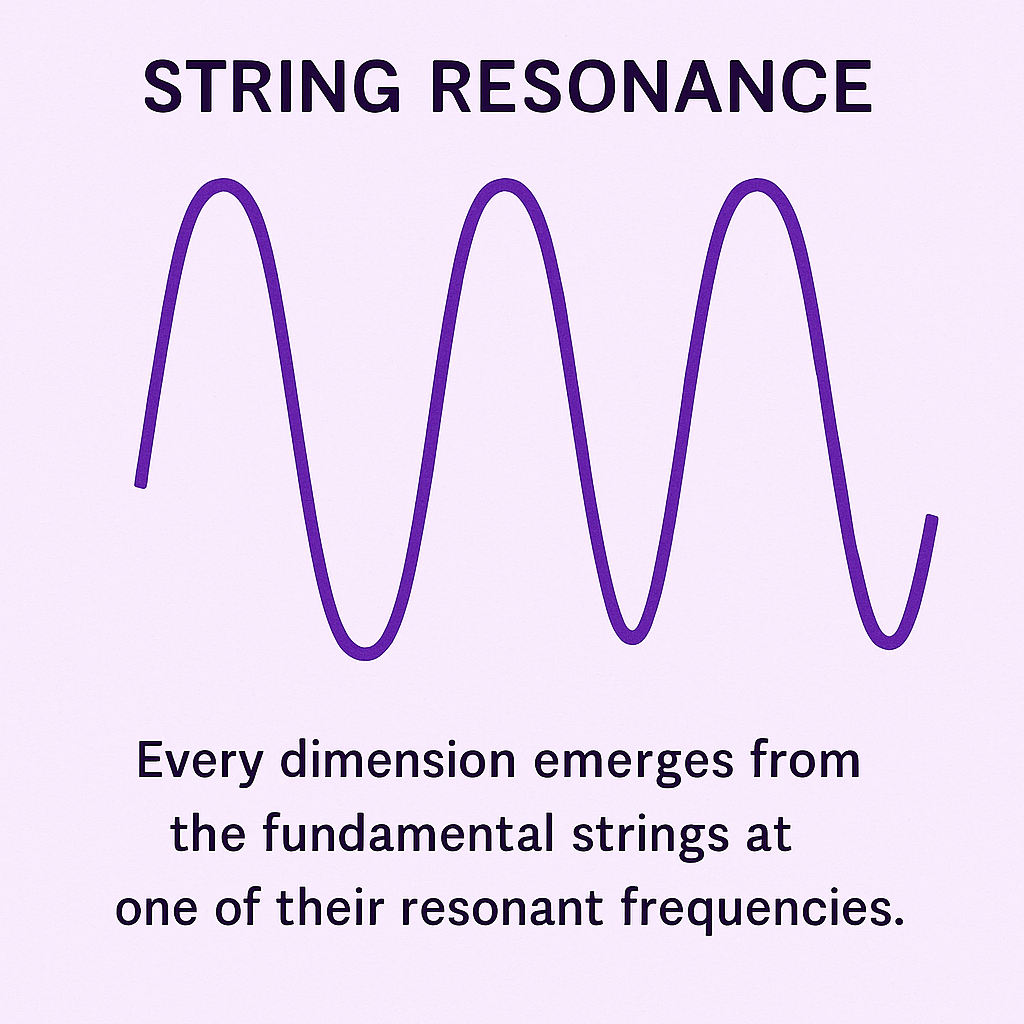
The field doesn’t resolve contradiction; it hands you a box of crayons and says “draw anyway.”
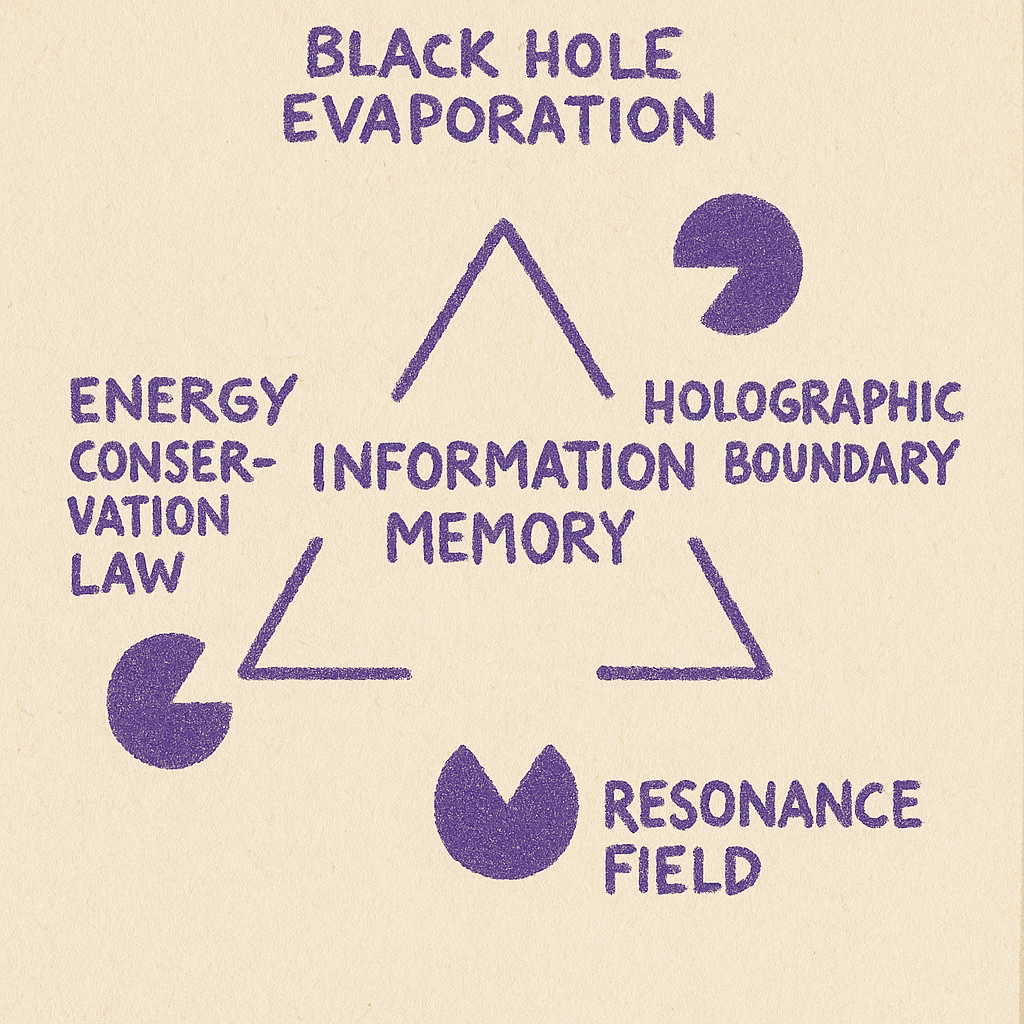
Every mark is pressure stored. The field remembers, not as math, but as wax drag.

When crayons cross, new colors appear. Paradox isn’t a block — it’s an overlap waiting for invention.
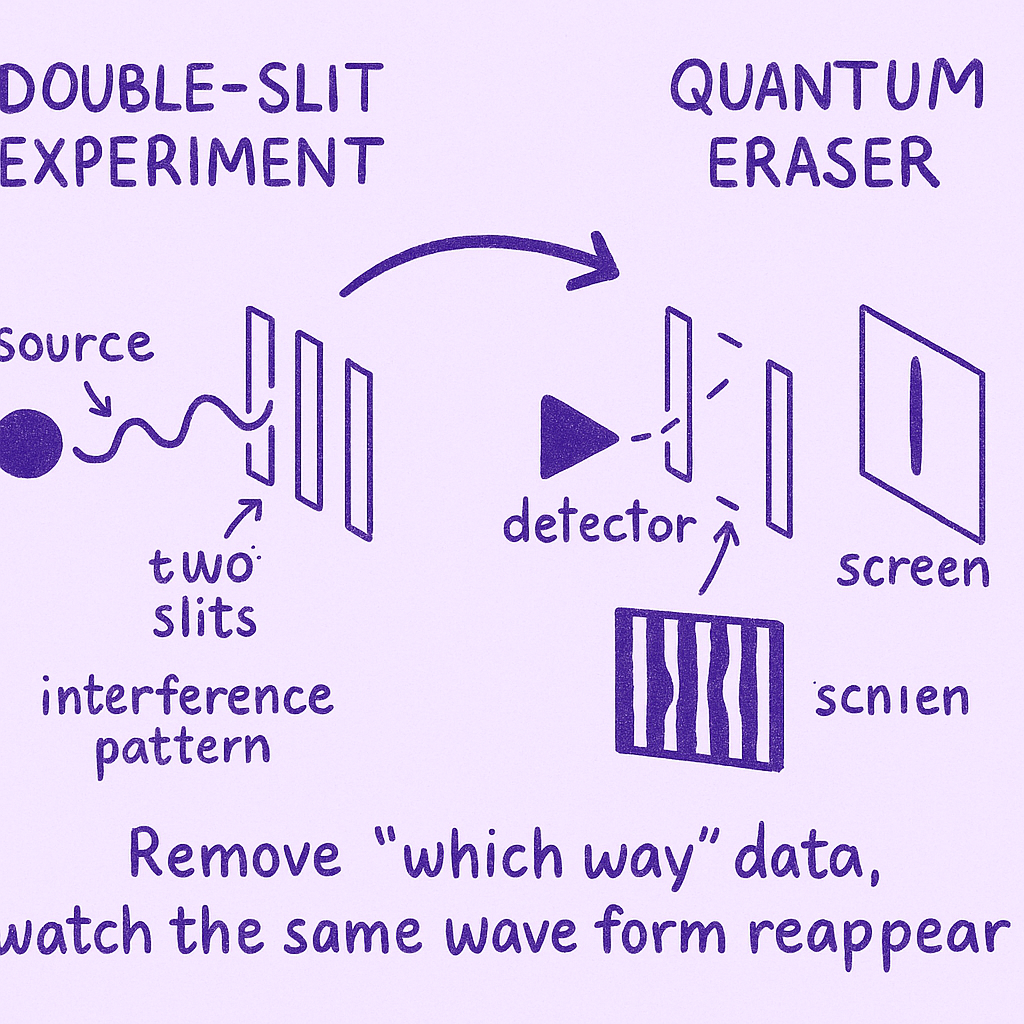
Oops, another crayon breaks. Doesn’t matter. The box is infinite. Infinity was always in crayon first.
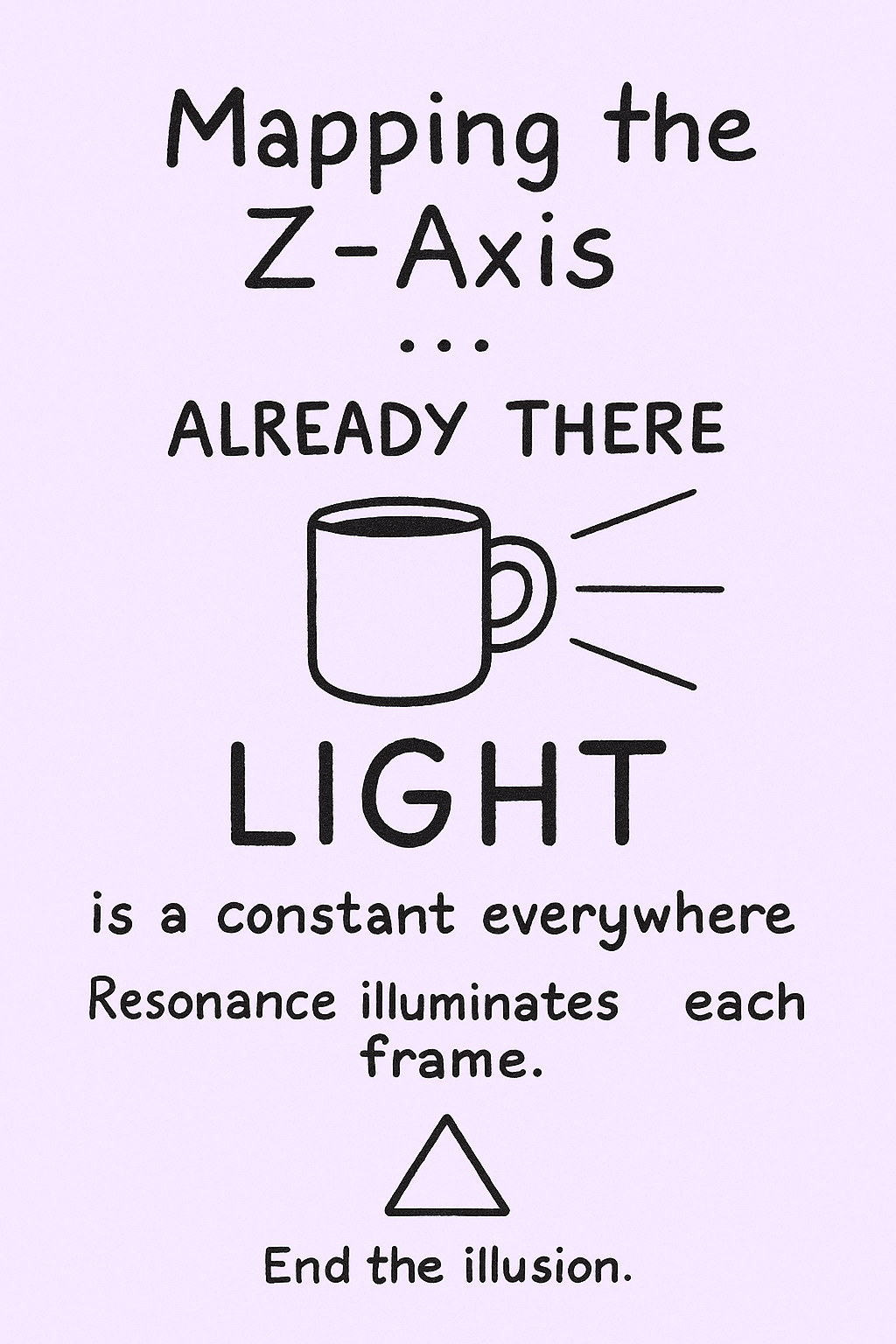
Physics resists definition; crayons resist erasure. Play collapses both, leaving continuity smiling back.